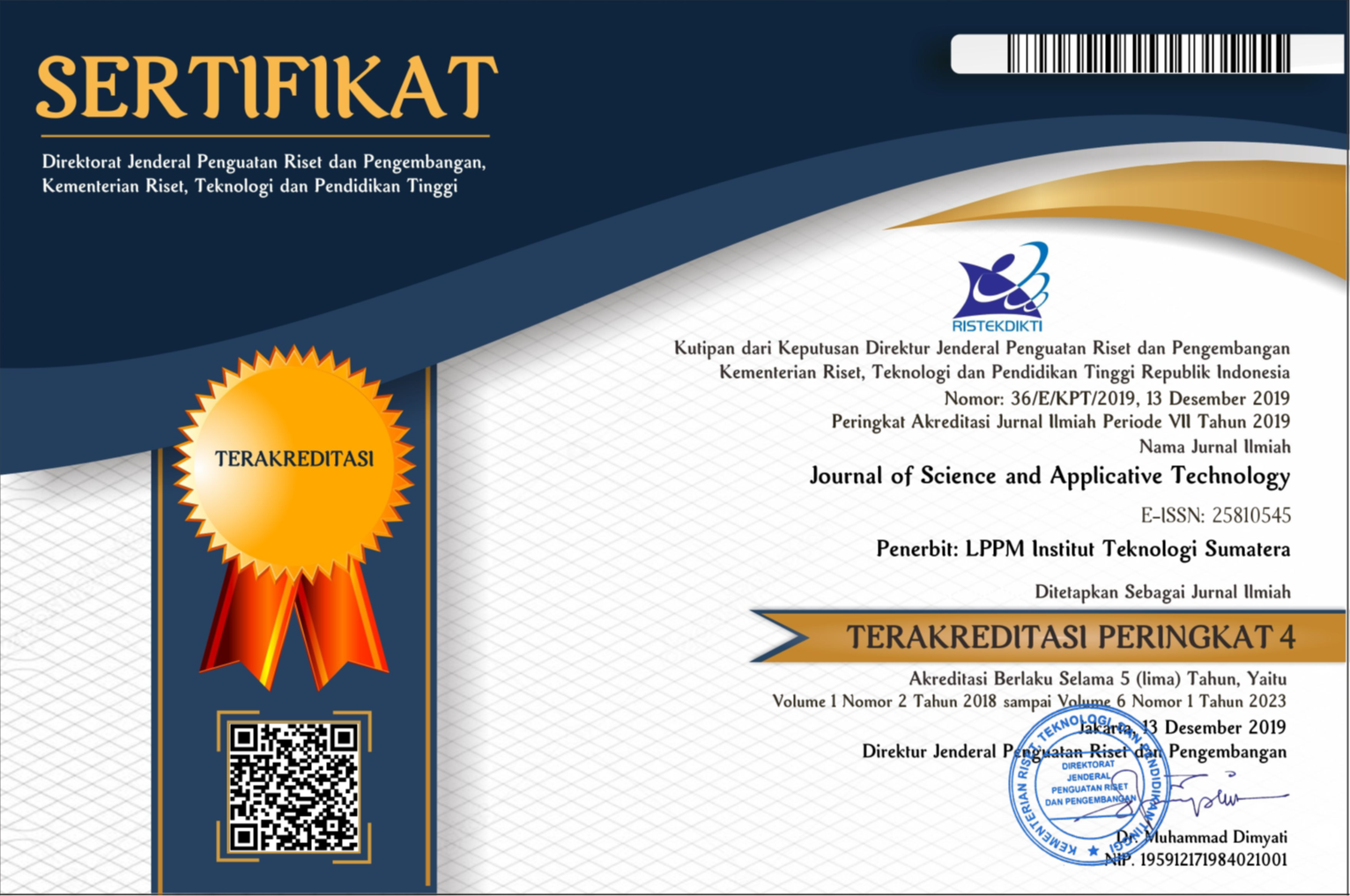Landslide Density Based on Time Series
Abstract
Abstract—Landslide density analysis based on a temporal landslide distribution over three different years was conducted in Kundasang, Sabah, Malaysia. The analysis involved landslides that occurred in 1984, 2009 and 2012. The objective of this study is to examine the relationship between the physical parameter and landslide density analysis based on temporal landslide distribution. This is the preliminary study for landslide hazard assessment. Landslides in these three assessment years were identified based on aerial photographs interpretation. The landslides detail has to be digitised as points and the point density was calculated using 1 km x 1 km grid on the landslide inventory map. From the analysis, there were 494 landslides distributed across the assessment years and by using the natural break classification, the landslide density map was classified into three classes of density, resulting low (1 landslide), moderate (2-3 landslides) and high (>4 landslides). Based on the landslide density analysis, there are 48 km2 that were identified as highly susceptible to landslide. Out of the high landslide density area, 46km2 were indicated as the most susceptible location for landslides due to the type of lithology that may lead to land sliding. This study indicates that the lithology played an important role as they can influence the geomorphologic process, and can induce landslides. As a conclusion, this study found that using the grid technique is an effective way to determine landslide density and detail investigation should be conducted to minimize the impact of landslide occurrences before any development could take place.
Downloads
All the content on Journal of Science and Applicative Technology (JSAT) may be used under the terms of the Creative Commons Attribution-NonCommercial 4.0 International License.
You are free to:
- Share - copy and redistribute the material in any medium or format
- Adapt - remix, transform, and build upon the material
Under the following terms:
- Attribution - You must give appropriate credit, provide a link to the license, and indicate if changes were made. You may do so in any reasonable manner, but not in any way that suggests the licensor endorses you or your use.
- NonCommercial - You may not use the material for commercial purposes.
- No additional restrictions - You may not apply legal terms or technological measures that legally restrict others from doing anything the license permits.





















